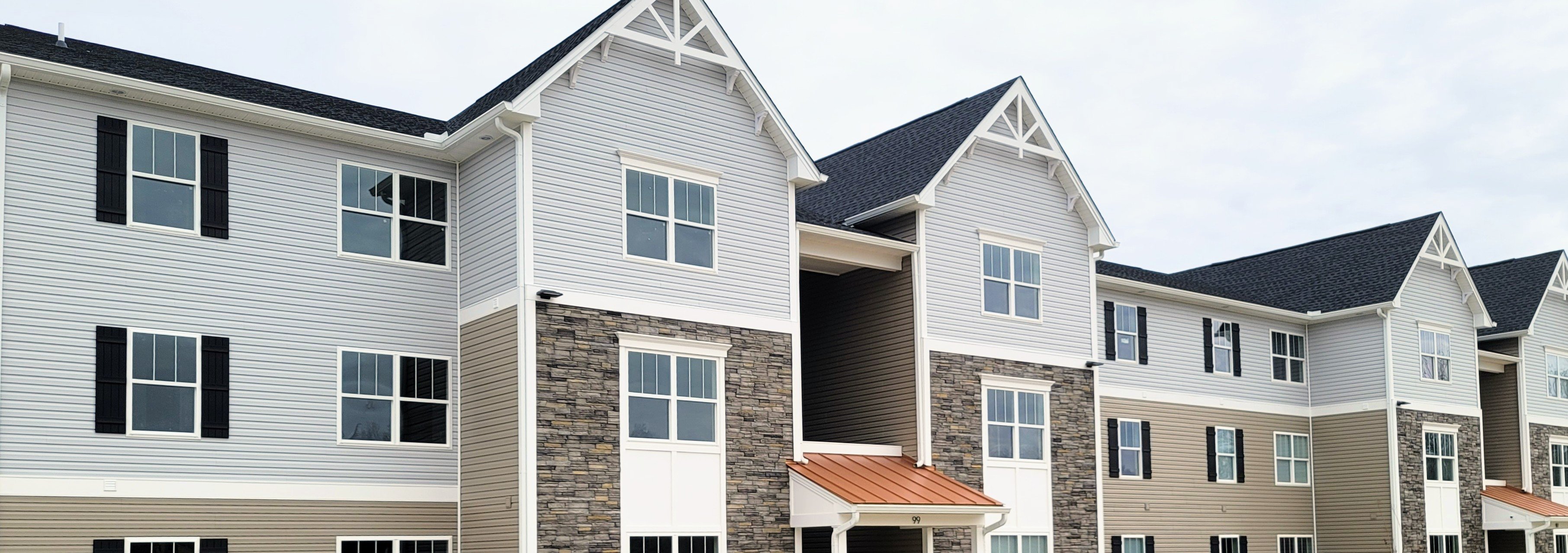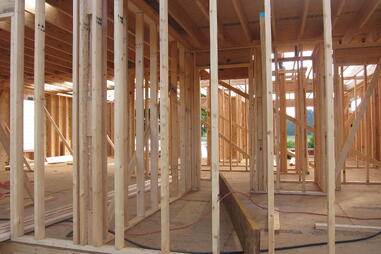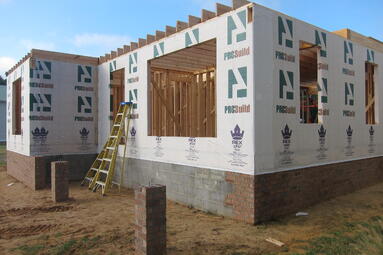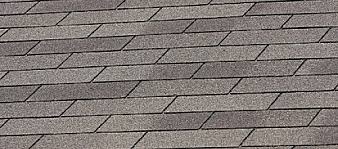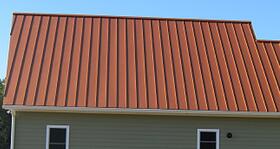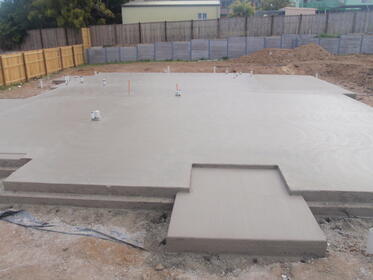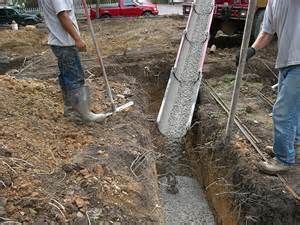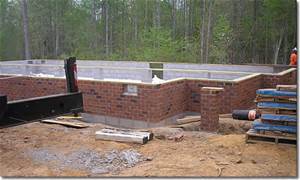There are many advantages to building a home on a lot rather than buying a home on the northern neck. Why should you look for a Lot to build on in the northern neck rather than an buying an existing home?
1) Your house is truly, your house. You can tailor the floor plan, kitchen layout, color themes, and window design to your specifications. All too often someone buys a home and says, "We really like this house except..." When you build your own house, you'll be able to say, "I love my house, no exceptions!" One example is the kitchen. Kitchens have been traditionally smaller in size, but as we now socialize more in the kitchen, you can talor the layout to your needs.
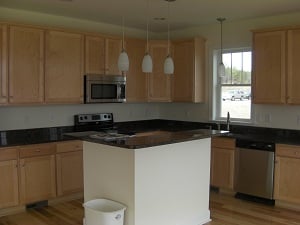
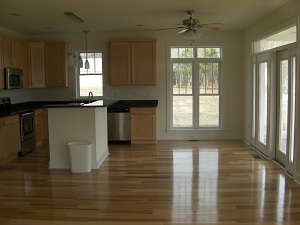
2) No need to renovate. The costs involved in renovating an existing home are already tied into your house. Rather than re-roofing, re-painting, putting in hardwood instead of carpet - tile instead of laminant, you work with your builder to build the home the way you want it, where you want it.
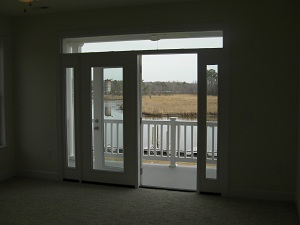
3) Fewer 'bugs'... literally and figuratively! There are no hidden problems, mice, bugs, mold, etc. and the possibility of these future problems is reduced as well. Some homes have inconvenient Waterfront properties can be more prone to some of these problems that are very avoidable by building a new home.
4) Efficiency. Homes today are built much more energy efficient than ever before. Your energy costs can be significantly reduced by building a new home. Also, there will be less repairs costs; the appliances, pump, well, HVAC, and roof won't need repairs for years.
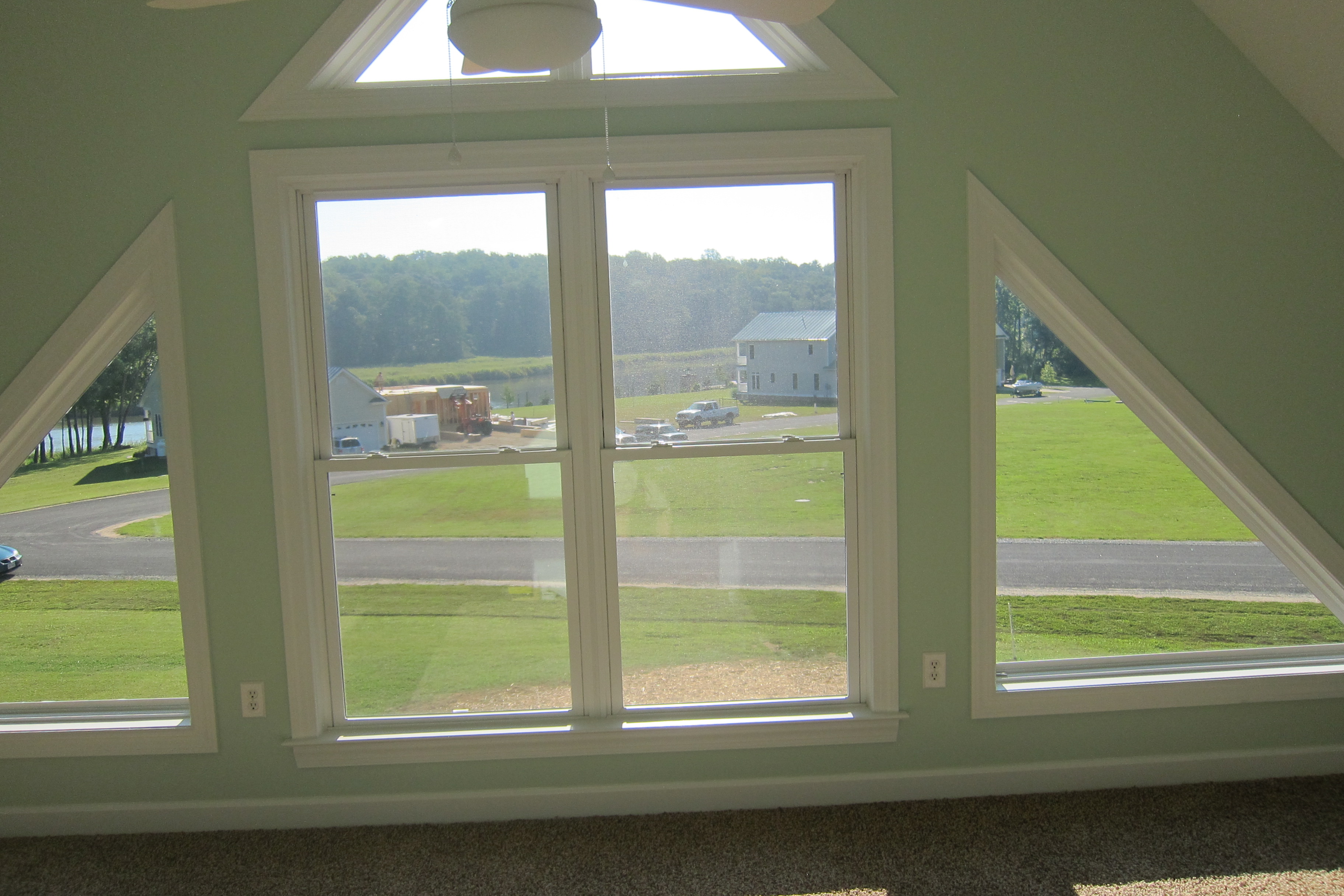
5) Security. Most builders of new homes will offer a one year warranty incase something isn't built to specifications or there is a malfunction. This significantly stabilizes your monthly costs for the extent of the warranty and in the next five to ten years.
Building a home can be a great experience that makes your dream home a reality. To find out more about building a home on the northern neck, or to check out what Packett Properties has to offer, visit The Landing At Totuskey Creek.
